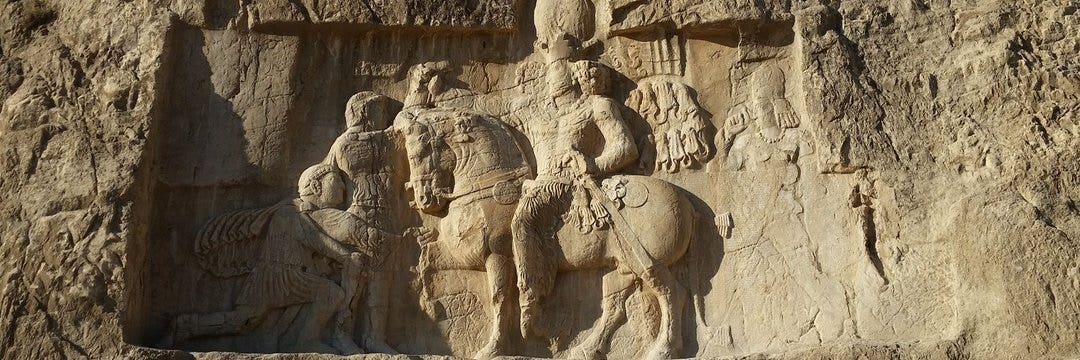


Archaeologist | Permanent Representative of the Director, Archäologisches Landesmuseum Baden-Württemberg | Private account, views are mine.
#archaeology #romanarchaeology #museum 🖖
This profile is from a federated server and may be incomplete. Browse more on the original instance.